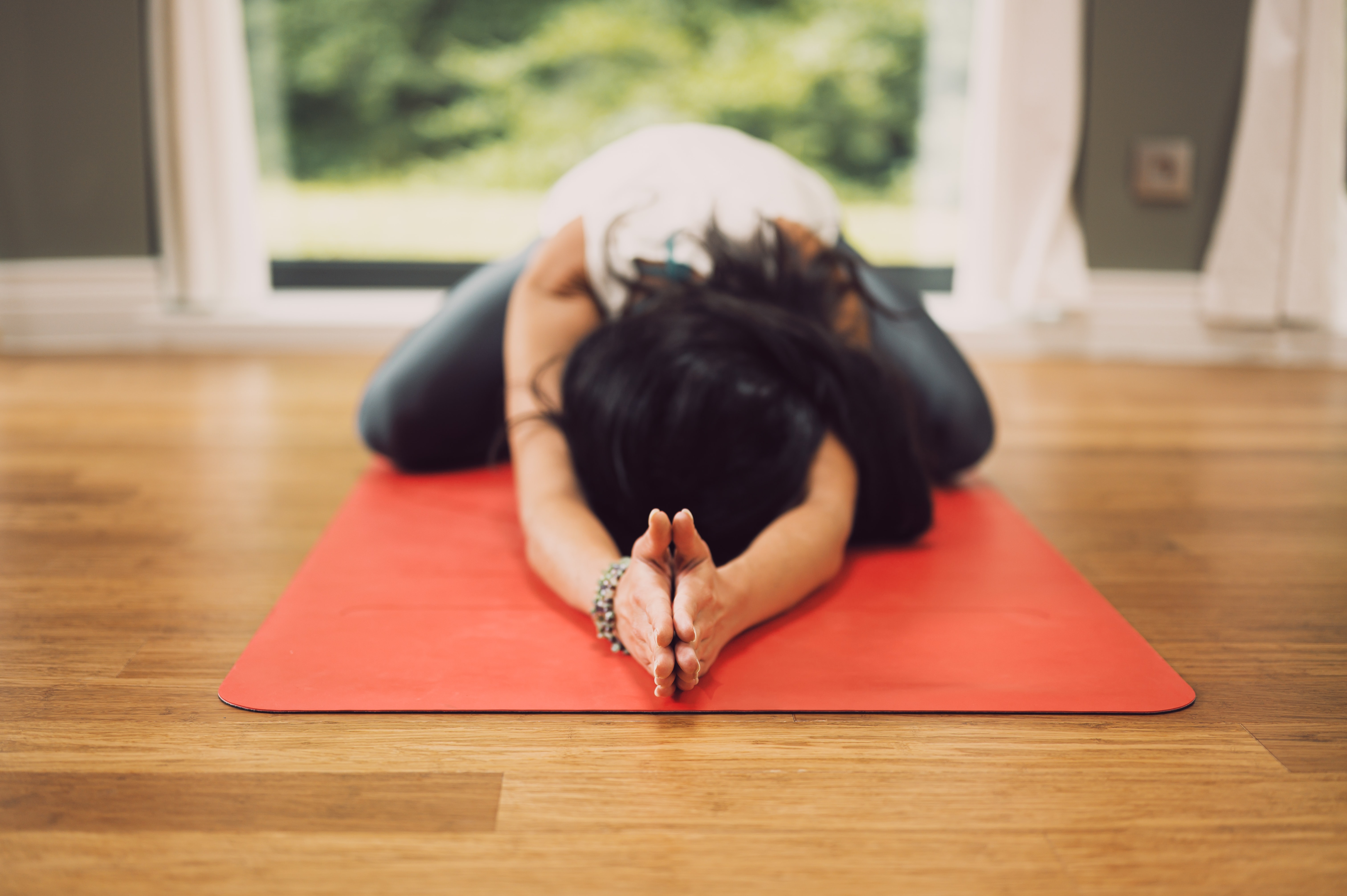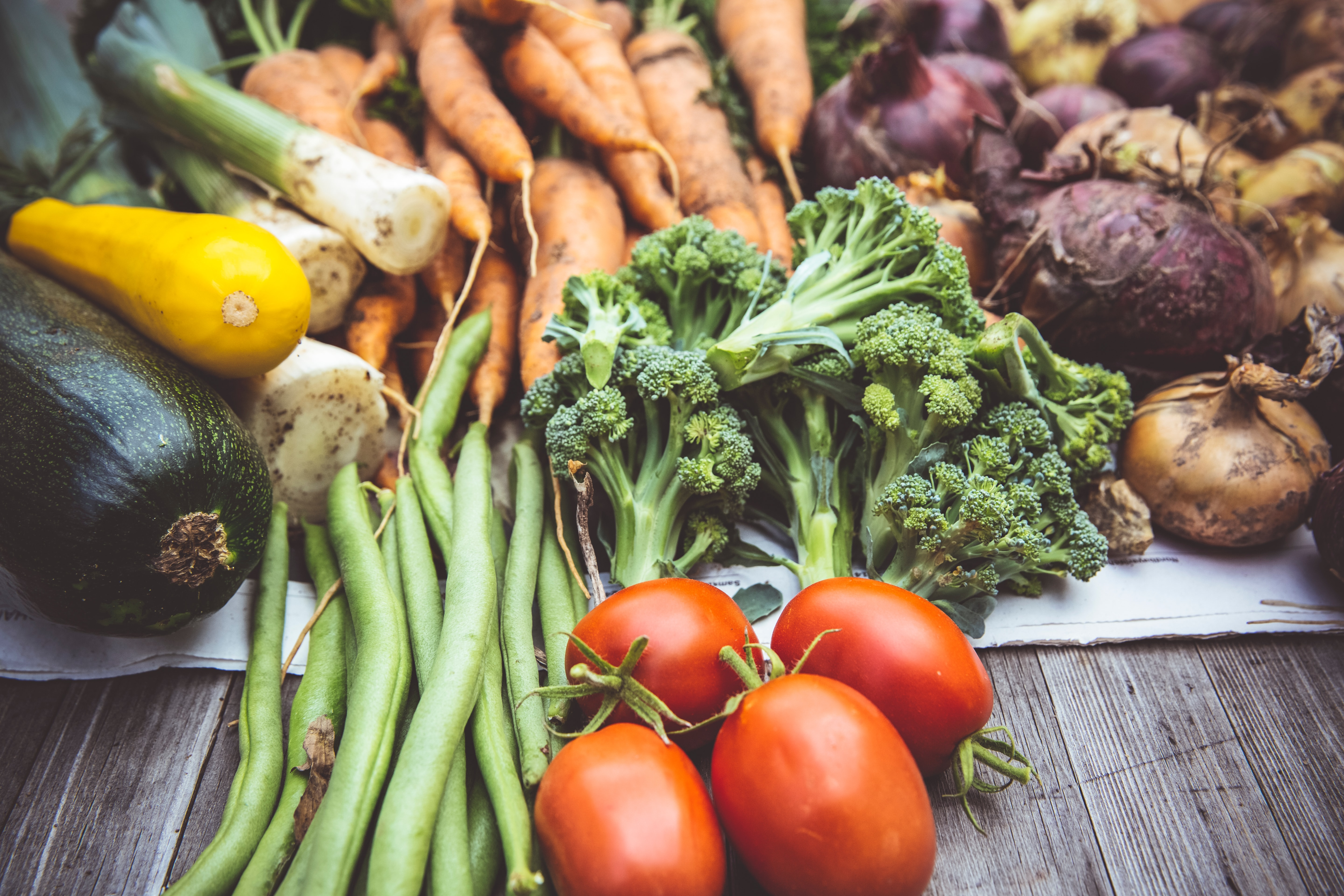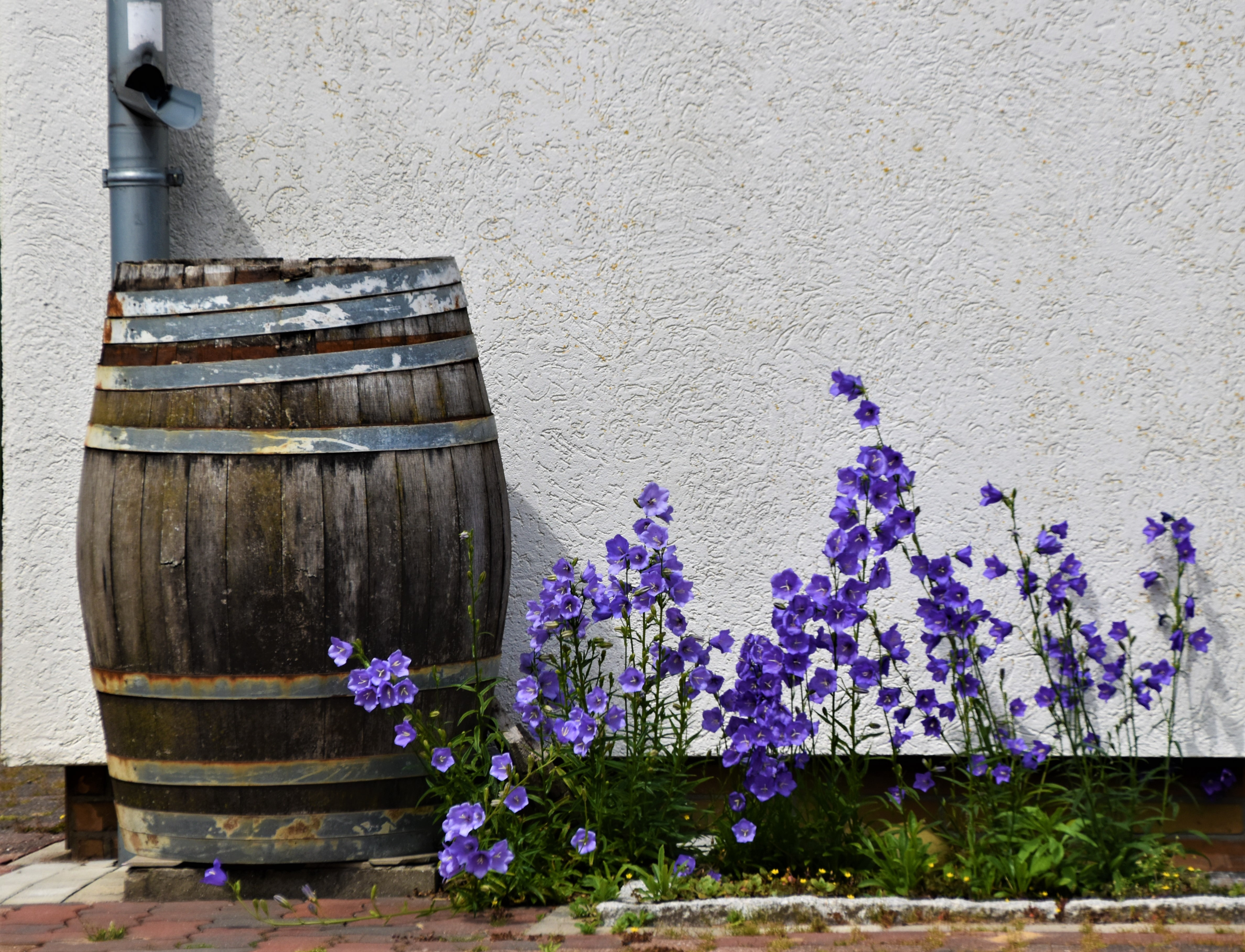self sustainable: 13 ways to improve

What is self sustainability?
The term ‘self sustainable’ has been floating around for a few years now, but like many other terms associated with sustainability and green living, the term confuses most of us. What’s the difference between self sustaining, self sustainability and self sufficiency?
Does it mean living off of the land?
Does it mean creating your own energy?
Or does it mean living ‘off-grid’?
These are all valid questions, but as with many aspects of embracing a lifestyle that does as little harm to the planet as possible, it’s best not to get hung up on the terminology and perfectionism.
Instead, learn some basic sustainable living principles and strive to do the best you can.
How can I live a self sustainable lifestyle?
Some fundamental principles can guide your decision-making when striving for self sufficiency. These are:
- Little or no trade. Self sustainability requires making or growing as much as possible.
- Little or no waste. Self sustainability requires reusing, recycling or upcycling as much as possible.
- We can’t all live in luxurious eco homes, but we can all strive for a sustainable home design where you can – and the rule of thumb here is to take as little power and resources from the outside world as possible.
- Work with what you have. If you live in a sunny place, use solar power. If you live in a windy location, install a wind turbine. A wet place, install rain barrels, etc.
Here are 13 simple ways you can be more self sustaining in 2022:
Self Sustainable with your Clothing and Other Materials
Upcycle
One of the quickest wins you can have when trying to live a more self sufficient life is to upcycle, meaning adapting or improving products at their end of life to give them a different function or look. It’s become common to upcycle clothes and furniture, but did you know you can even upcycle your old yoga mats.

Learn to sew
If you get a small tear in a top, or an item of your clothing comes apart at the seams, do you throw it away and replace it? Most of us do.
Clothing is one of the worst culprits for causing environmental damage caused by our ‘throwaway culture’ but is one of the easiest to overcome, simply by learning how to make simple repairs to our clothes.
Ditch the dryer
We have become addicted to our dryers, which use an immense amount of electricity.
But not only that, they damage clothes. Dry your clothes naturally, and they will last much longer.
Self Sustainable with your Food
Grow your own food
Growing your food is probably the first action that most of us think of when we think of being self sustainable, and for a good reason. It’s easy to do, saves you tonnes of money, is excellent for the environment, and can improve your health.
It doesn’t even matter if you live in an apartment or don’t have a garden. Anybody can grow a herb garden in their kitchen! It is the easiest way to live a self sustaining life.
Cook with only local food
If you can’t grow your produce, you can still minimize your environmental impact and reduce your reliance on the global food chain by shopping locally. Either by shopping from local producers or trading the food you grow with others who do the same.
It shouldn’t be hard for most of us to find a local source of the best quality produce, meat, and eggs; the quality will increase drastically the fresher the produce is.

Learn to hunt and forage for food
The key to surviving off the land is knowing what you can and cannot eat. Only certain plants are edible, so you need to learn which plants are edible and which ones are poisonous.
Becoming more self-sustainable means being able to feed yourself with little aid from anyone else—and this includes not just growing crops but also hunting or fishing wild animals and gathering wild plant foods (like mushrooms).
Self Sustainable with your Power and Water
Power your home with natural energy
Natural power could involve solar, wind, or geothermal energy powering your home.
Solar is a great way to power your home, but installing the system and panels can be expensive upfront. In some countries, you can get government grants and other incentives for installing solar panels, so check with your local electricity provider to see if you are eligible.
Buy a car that runs on vegetable oil or electricity
One of the simplest and most effective ways of being self sustainable – albeit not the cheapest – is to purchase a car that runs on vegetable oil or electricity.
With this, you can drive your car without worrying about fossil fuels and their environmental impact.
Double points if you install a solar charger, so you don’t use any electricity from the national grid to charge your car, too!
Install rain barrels
Rain barrels are a great way to collect water to wash your car, water your garden or clothes and other things you need water for.
It becomes a little more complicated if you want to make the water safe to drink, but collecting rainwater is a simple way to reduce your reliance on mains water.

Self Sustainable with your Consumables
Make your own soap and shampoo from natural ingredients
Commercially made soaps and shampoos often contain ingredients which are harsh on your hair and skin and not only strip protective oils and moisture but are also bad for the environment.
And that foamy lather that forms when you shampoo your hair? Chemicals called surfactants cause those bubbles, and surfactants trap oil and remove it from your hair.
It’s easy, cheap, and sustainable to make your soap and shampoo with methods you can easily find on the internet and with ingredients you can easily find in your home or garden!
Make your own cleaning products
The cleaning power of a bit of vinegar, citrus juice, and bicarbonate of soda will amaze you.
Once you make your cleaning products and see how kind they are on your skin, how much money you save, and how much waste you prevent, you’ll never return to commercial, chemical-laden products again.
Self Sustainable with your Garden
Create compost out of organic matter from your yard and kitchen
One of the most effective and straightforward ways for you to reduce waste, save money, and help the planet is composting – and it’s so easy! You can do it in your backyard without tools, money, or experience.
Composting is a natural process that turns organic matter into nutrient-rich fertilizer. Mix food scraps from your kitchen with waste from your yard and let nature do its work, and in no time, you’ll have top-quality soil for plants!
Ditch the lawn
Manicured lawns are horrible for the environment and use loads of water and chemicals, not to mention the gas or electricity you use on maintenance.
For a much more sustainable option, consider a wildflower lawn or, to be truly self sustaining, grow an edible lawn!
Self Sustainability: Use these techniques in everyday life
These 13 ways to be more self sustaining are just the tip of the iceberg. We can all do our part to reduce our dependence on others, and sometimes it’s as simple as changing your daily routine. By using these techniques in everyday life, you can reap benefits that will last a lifetime.
We hope you’ve found this list of ideas helpful and inspiring. We want to live in a world where we all care about the environment and our planet, but that doesn’t mean it has to be complicated—or tedious!
There’s no limit to how deep you can take your self sustainability goals, but by taking small steps every day to do things like make or grow things, use less plastic, or even just recycle more can have huge effects over time.
